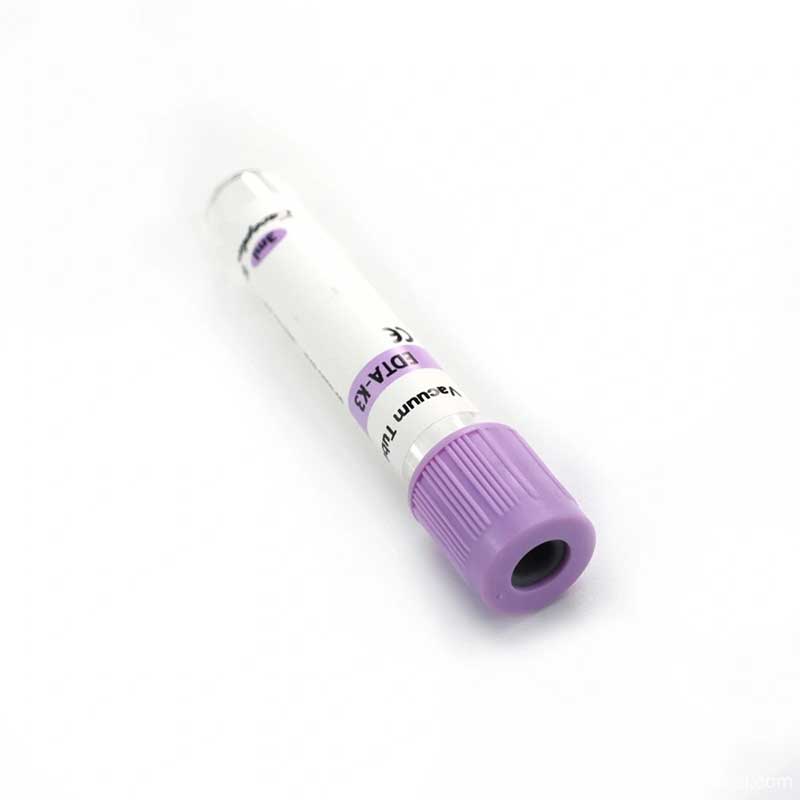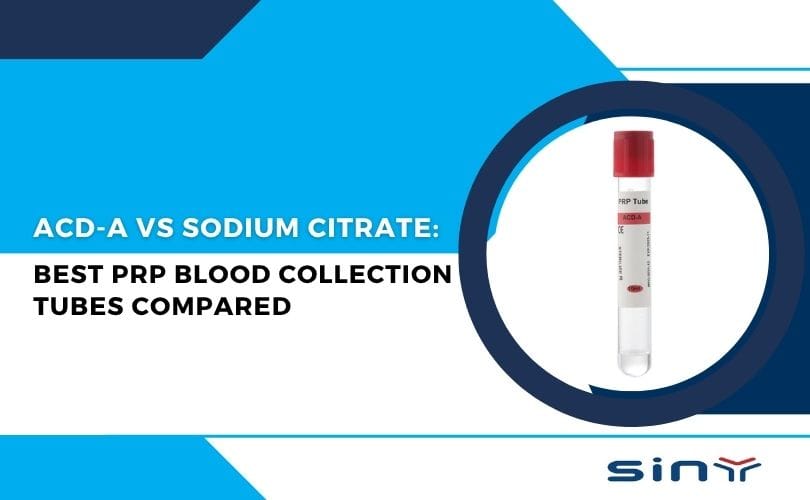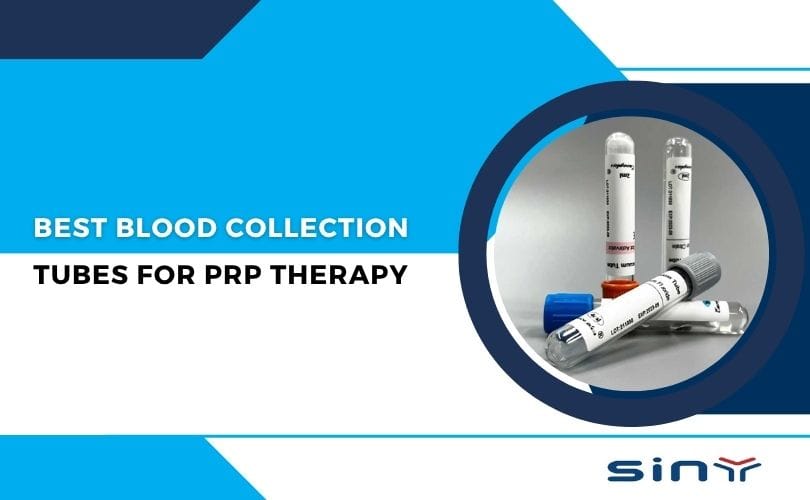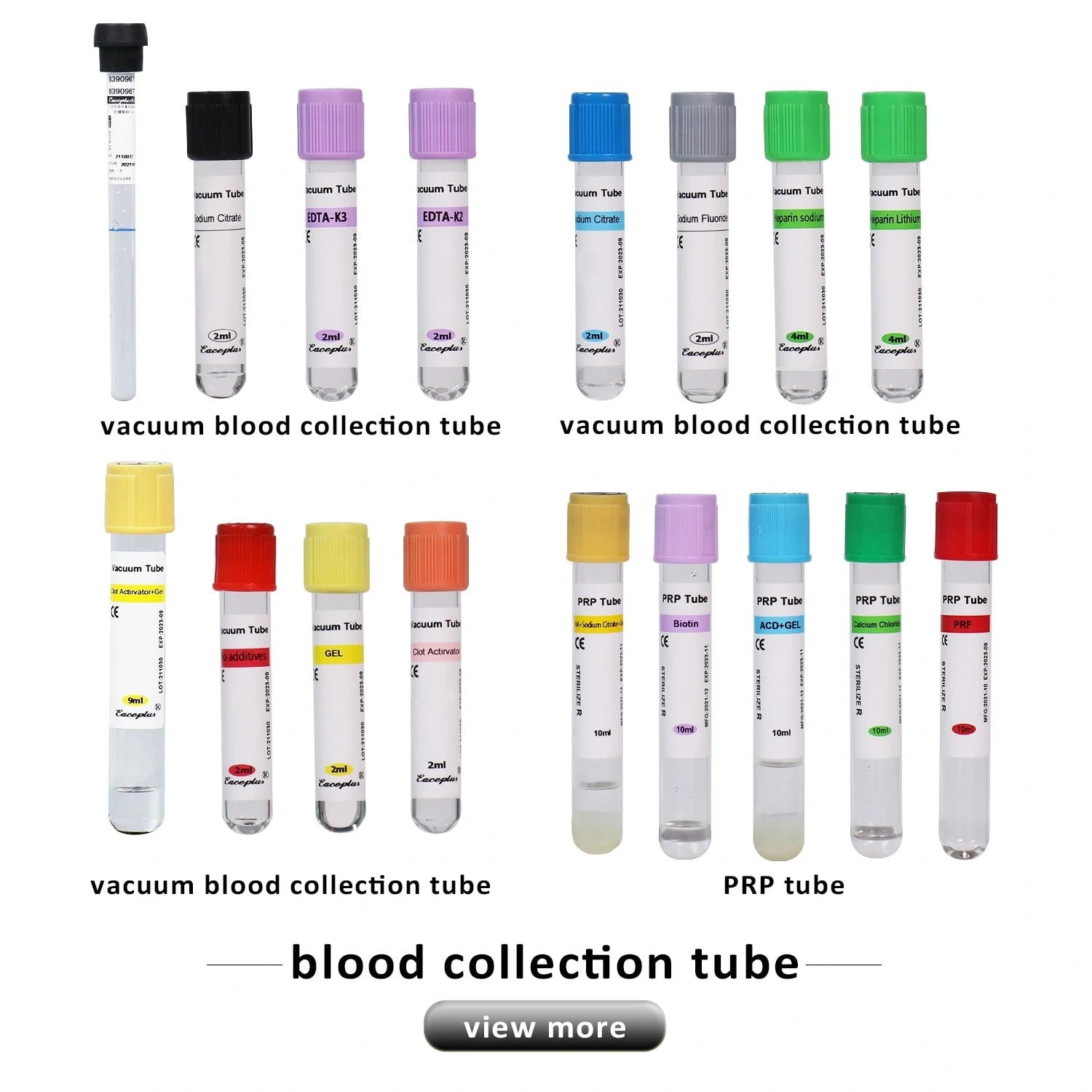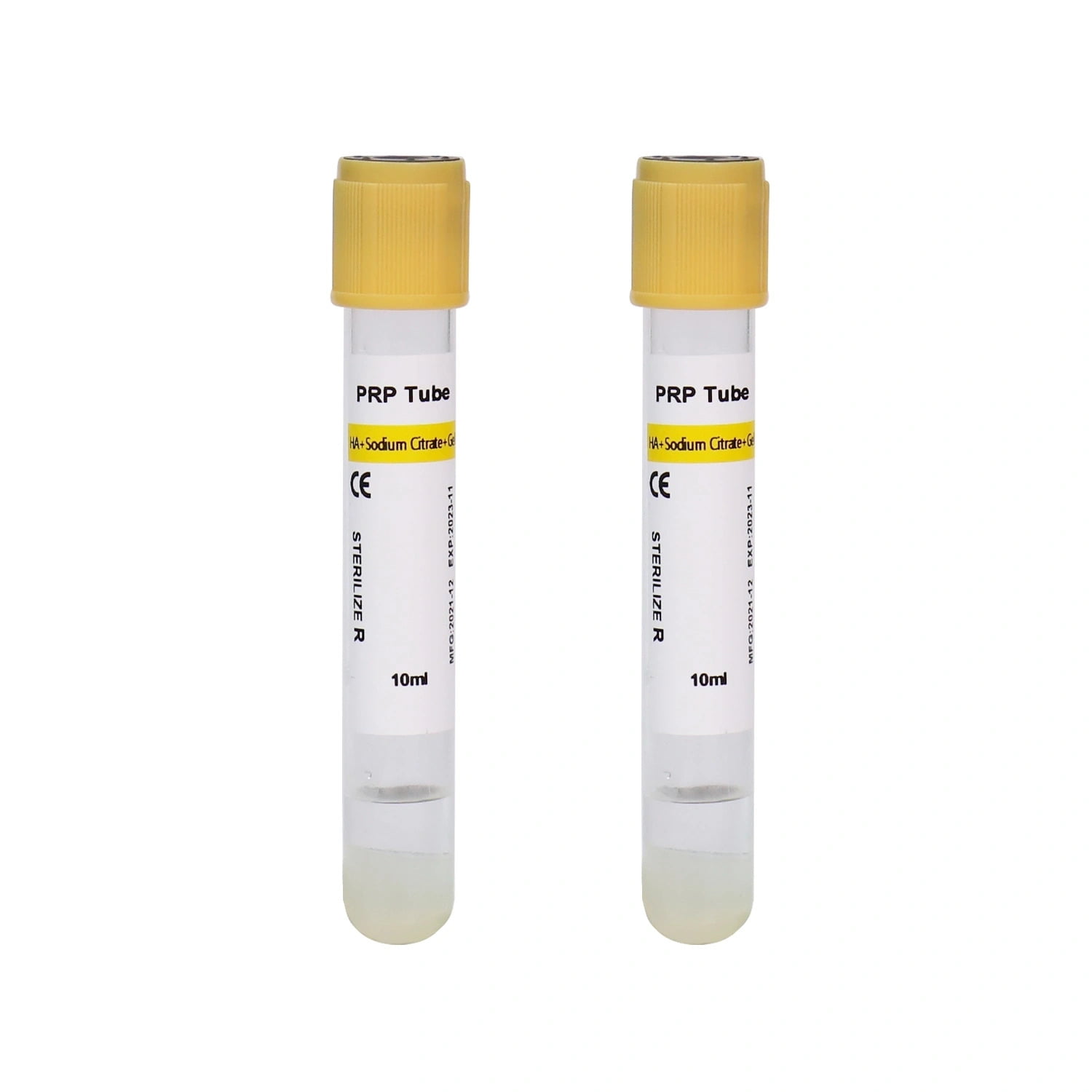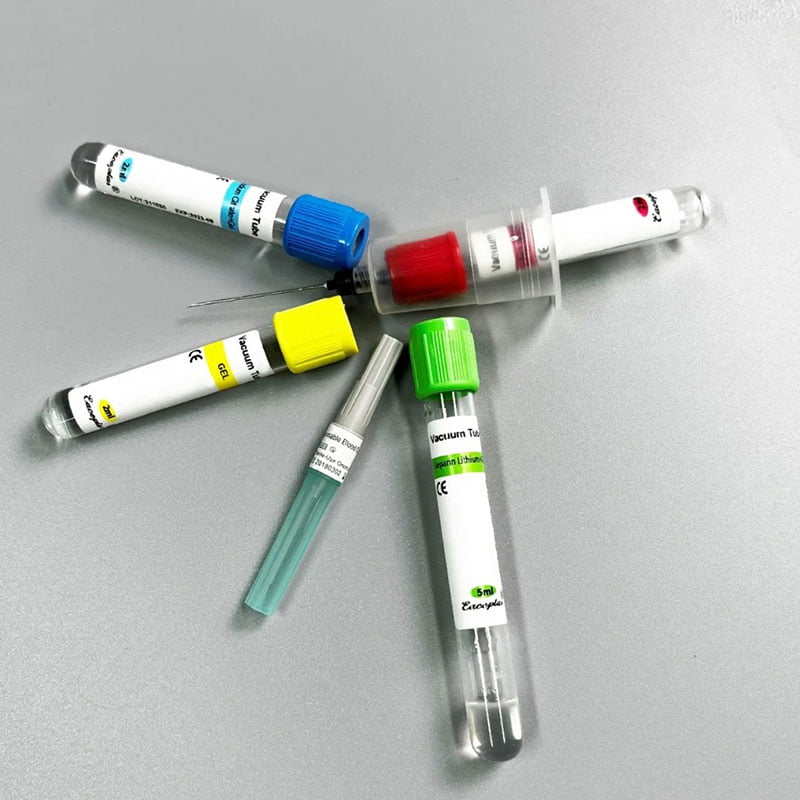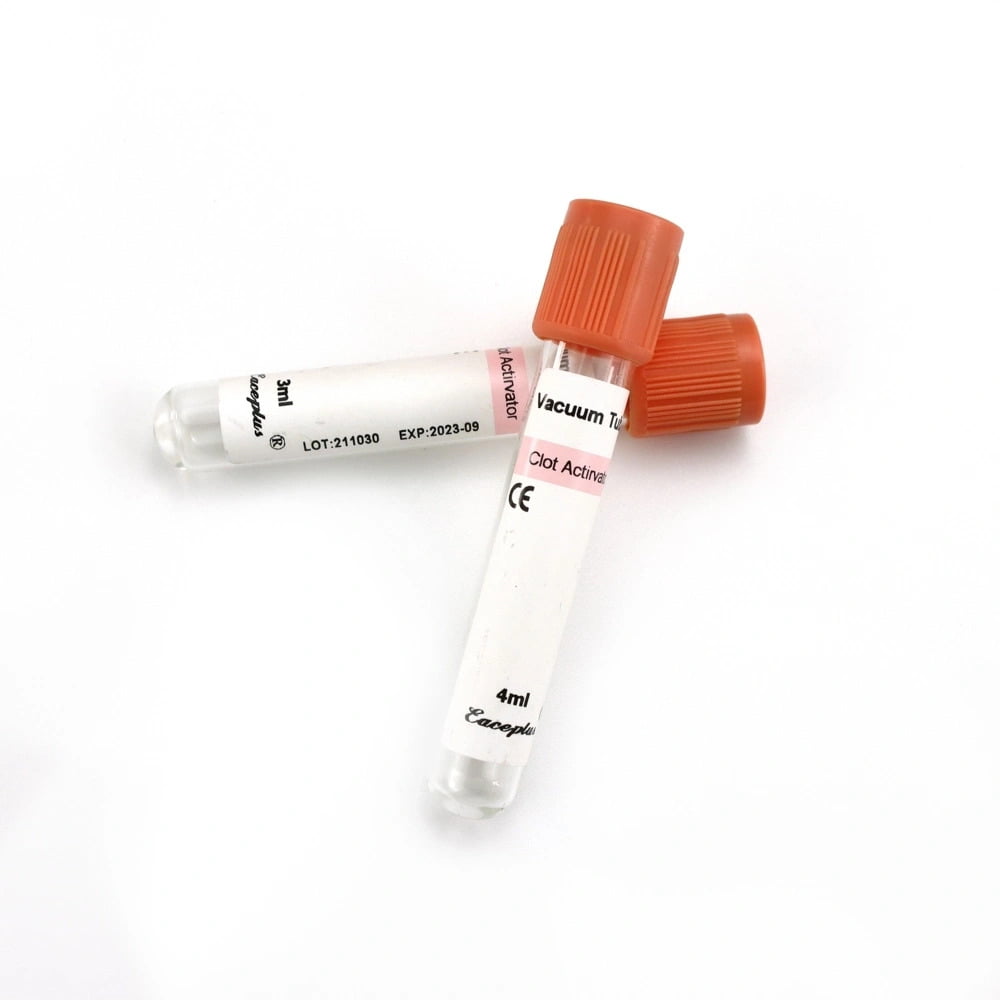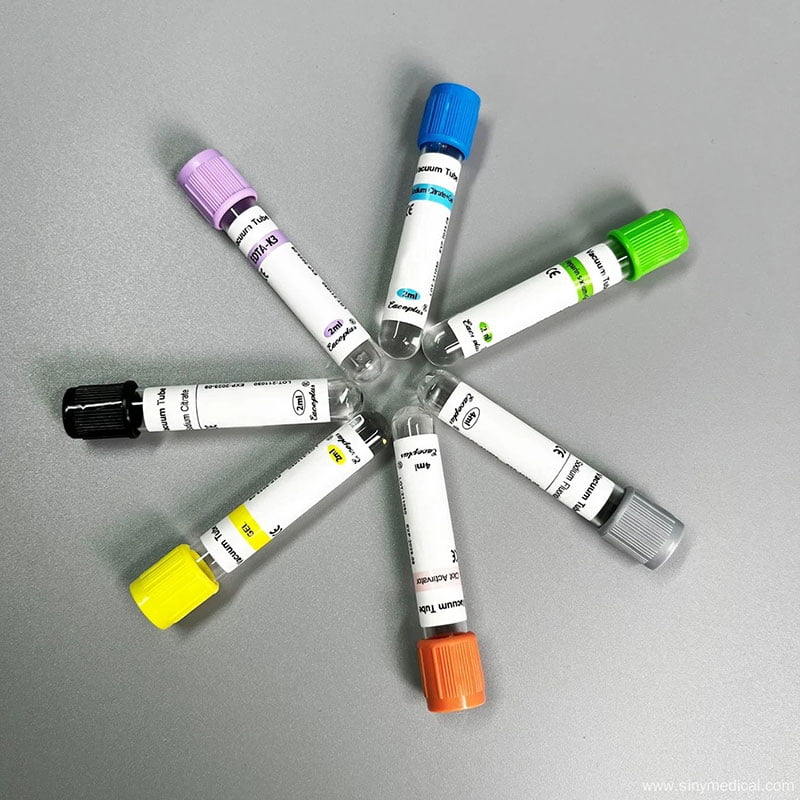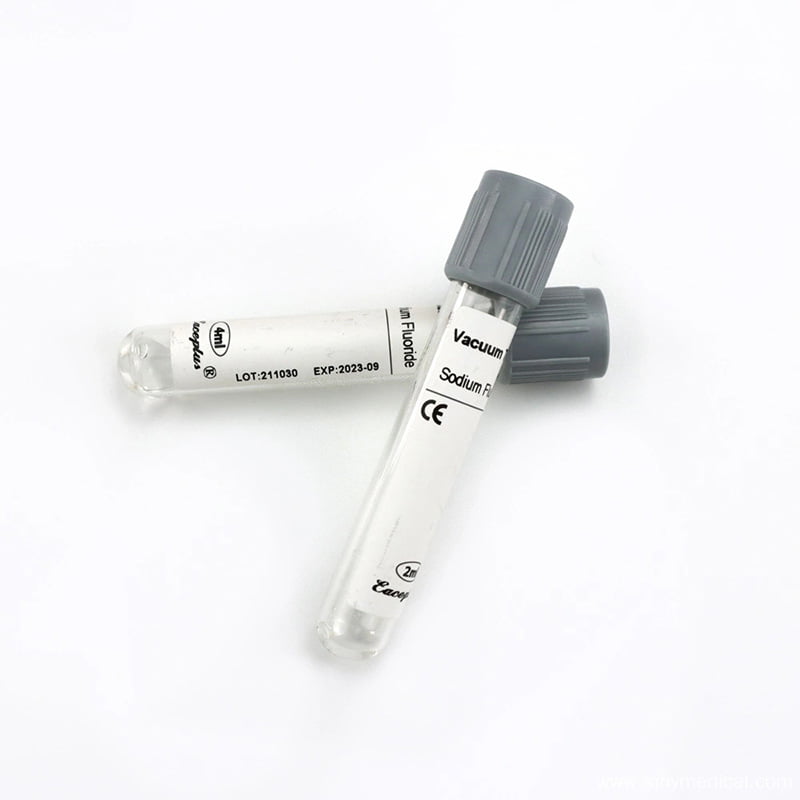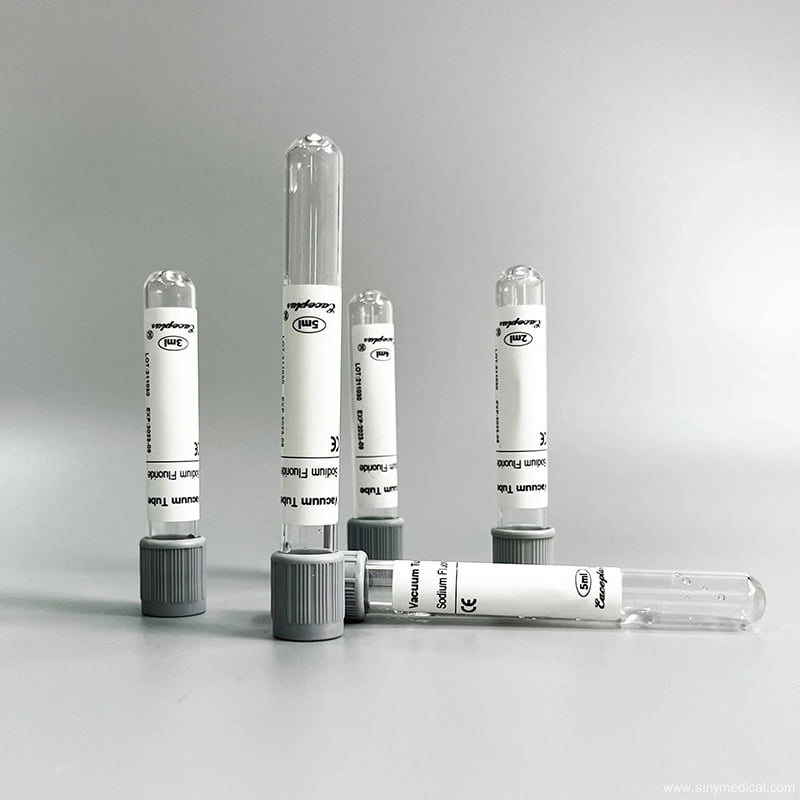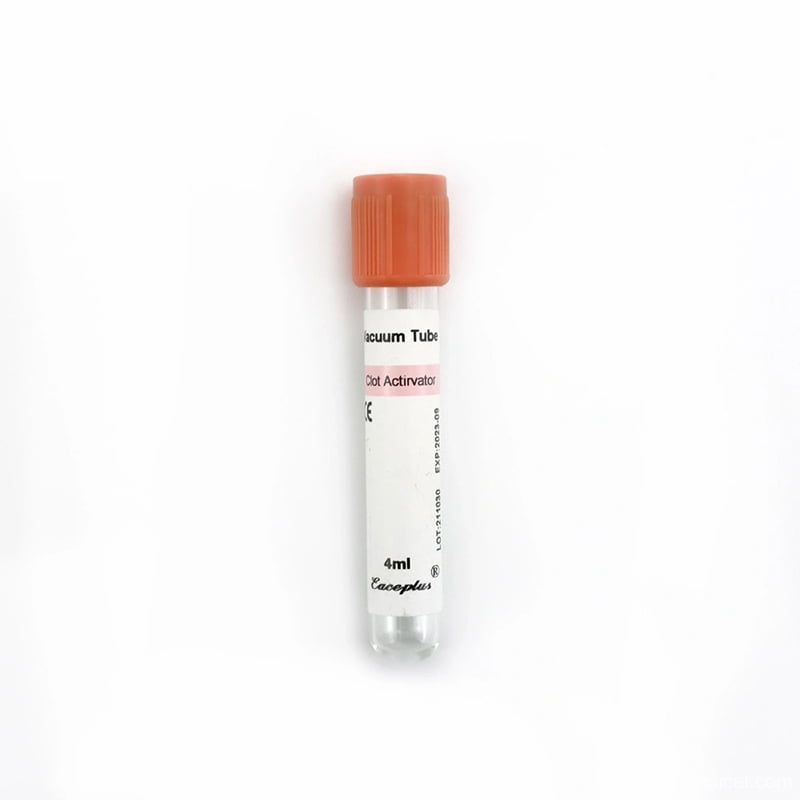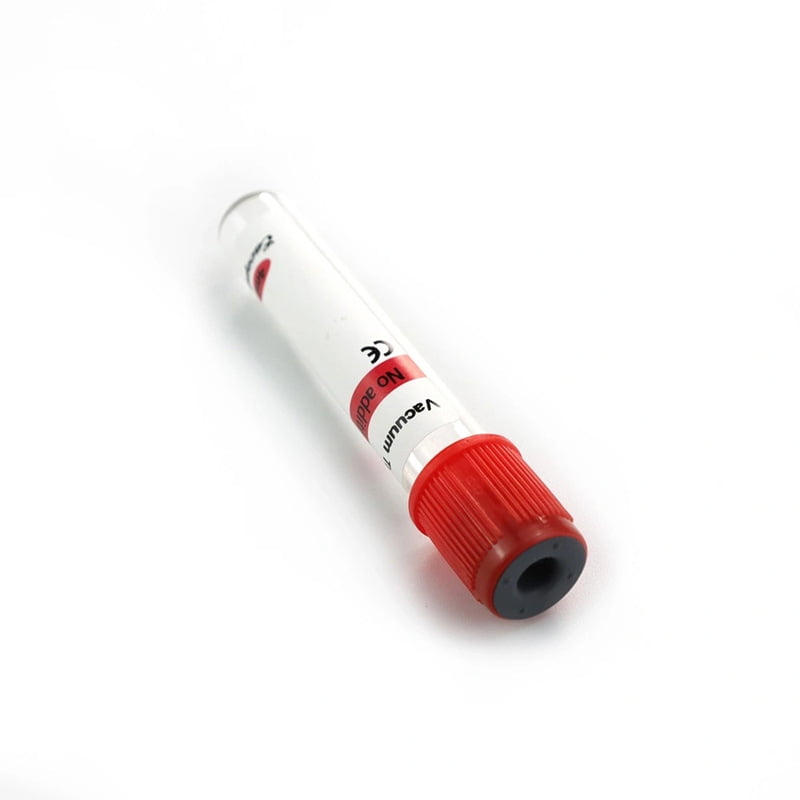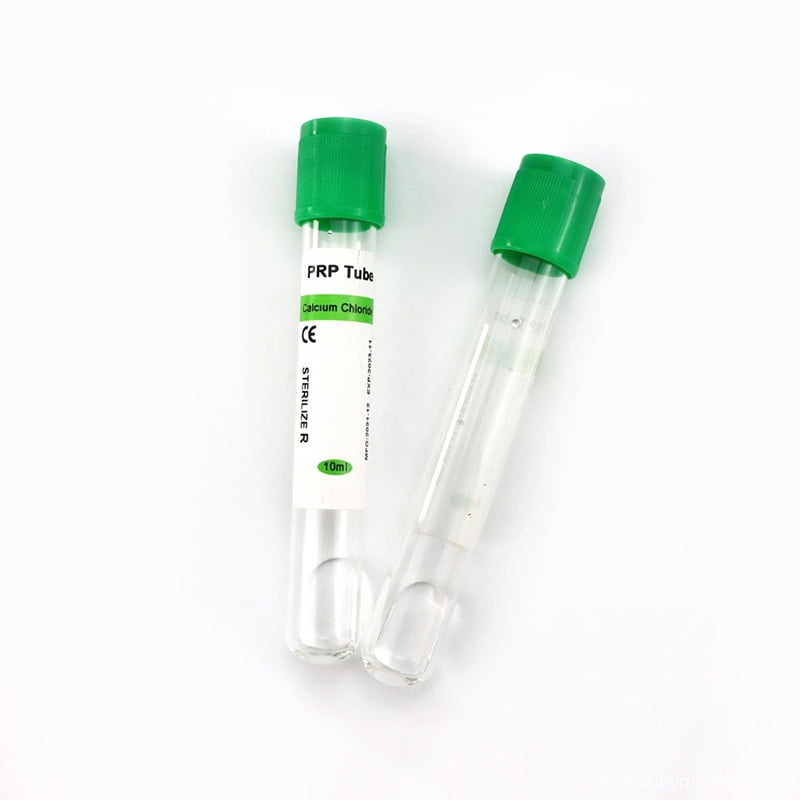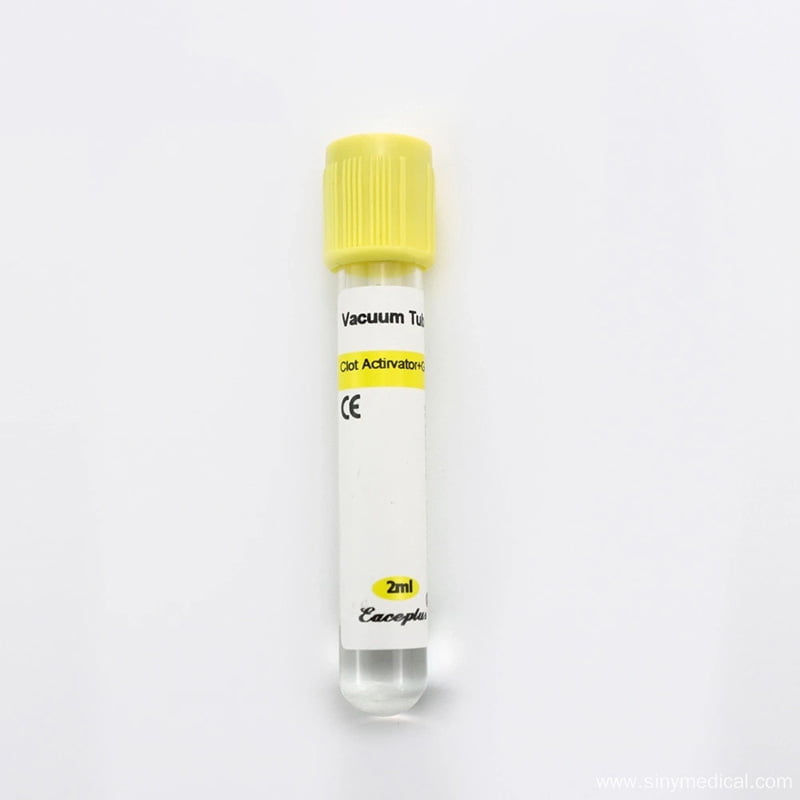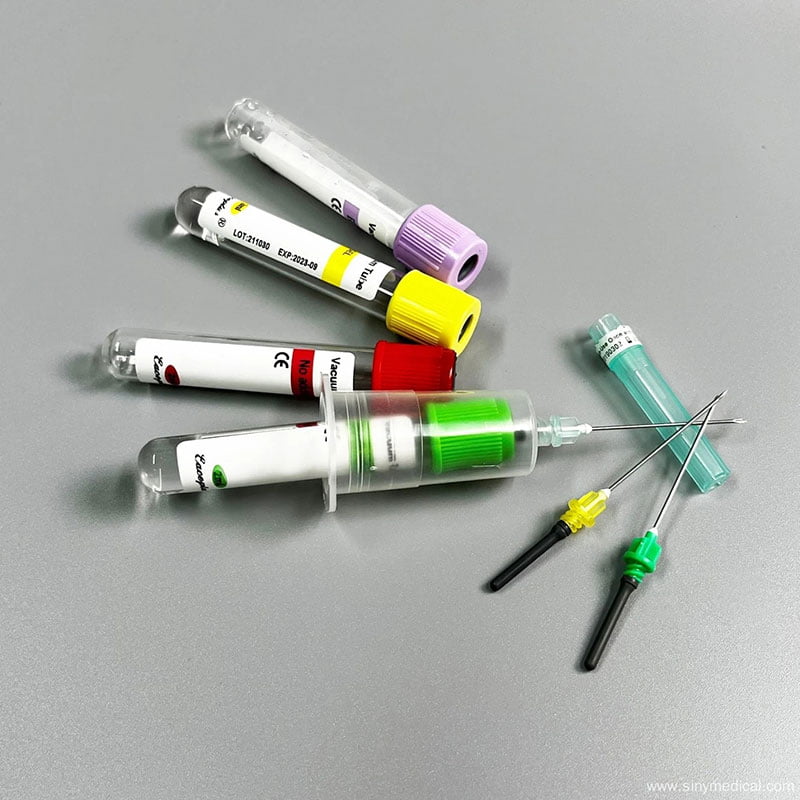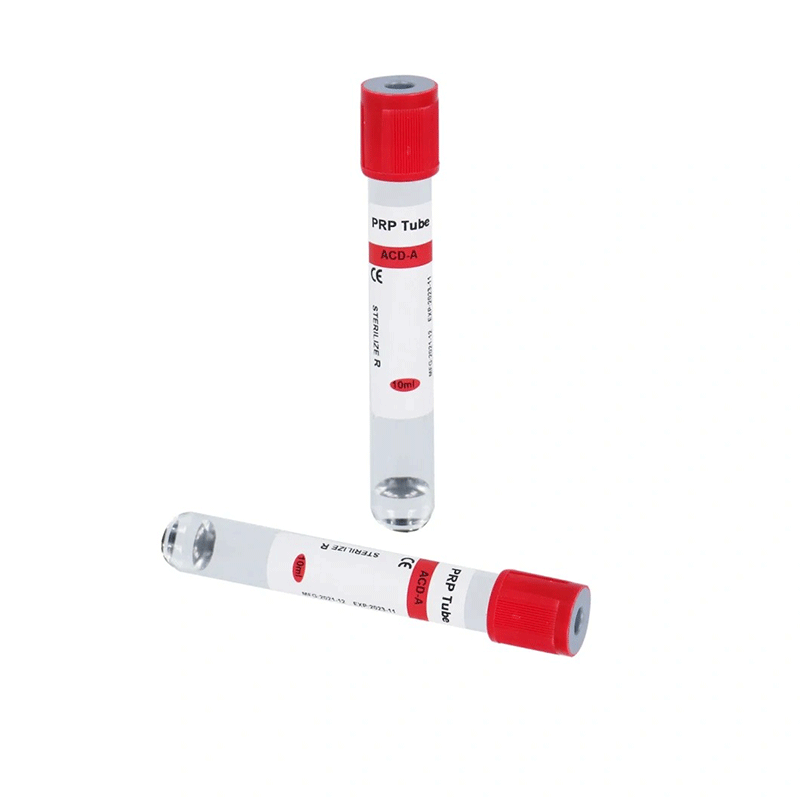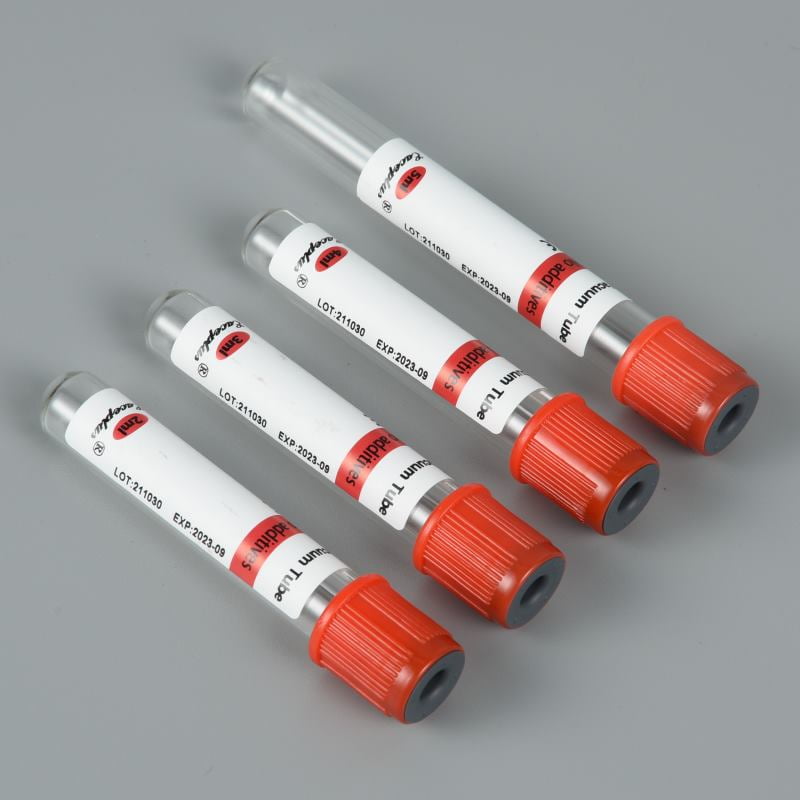Tissue fixation plays a key role in preserving sample structure for pathology, histology, and biomedical testing. This article explains how formaldehyde works, its advantages, and safety measures. It also compares formaldehyde with other fixatives and outlines future directions. The goal is to offer clear and practical insights for those in the medical consumables industry, research labs, and clinical settings.
Table of Contents
- 1 Introduction
- 2 Chemical Properties and Basic Concepts
- 3 How Formaldehyde Works in Tissue Fixation
- 4 Comparing Formaldehyde with Other Fixatives
- 5 Practical Applications and Procedures
- 6 Safety, Health Risks, and Environmental Protection
- 7 Choosing the Right Formaldehyde Solution for Tissue Fixation
- 8 Final Thoughts
- 9 FAQs
Introduction
Tissue fixation uses chemical agents to stabilize proteins, nucleic acids, and other molecules in a sample. This process helps prevent cell breakdown and microbial decay. In clinical diagnosis, immunohistochemistry, and molecular testing, proper fixation ensures reliable results. Formaldehyde remains popular for its strong crosslinking effect, good tissue penetration, and ease of use.

Chemical Properties and Basic Concepts
1. Molecular Structure and Basic Features
Formaldehyde (CH₂O) is a simple organic aldehyde. It is commonly available as a 37% solution known as formalin. Its simple structure makes it highly reactive, allowing it to quickly interact with active groups in biomolecules. Its solubility in water, alcohol, and other polar solvents helps it penetrate tissues effectively during fixation.
2. Reaction Activity and the Basis of Fixation
The key to formaldehyde’s performance lies in its carbonyl (C=O) group. This group reacts with amino, hydroxyl, or sulfhydryl groups in biomolecules. Such reactions create stable bonds that lock the molecular structure, essential for effective tissue preservation.
How Formaldehyde Works in Tissue Fixation
Protein Crosslinking
Formaldehyde mainly reacts with proteins by linking amino groups, especially those on lysine residues. First, formaldehyde adds to a free amino group to form an unstable adduct. Then, another protein’s amino group reacts with this adduct to create a stable methylene bridge. This process locks the protein structure, preventing enzyme digestion and tissue breakdown.
Stabilizing Nucleic Acids and Other Molecules
Formaldehyde also reacts with nucleic acids and other cell components like sugars and lipids. Although these reactions are not as strong as protein crosslinking, they support overall tissue stabilization and improve sample reliability for staining and molecular tests.
A Dynamic Process
Tissue fixation with formaldehyde involves a dynamic balance. Formaldehyde molecules continuously penetrate the tissue and link with various molecules, creating a uniform network. The speed of fixation and the degree of crosslinking depends on the tissue type and thickness, which calls for careful control of concentration and fixation time.
Comparing Formaldehyde with Other Fixatives
Overview of Common Fixatives
Besides formaldehyde, labs use other fixatives like glutaraldehyde, alcohol, and acetone. Each offers different benefits:
- Glutaraldehyde: Provides stronger fixation and works well for electron microscopy but has limited penetration.
- Alcohol and Acetone are common in cytology, though they do not preserve tissue structure or formaldehyde.
Advantages and Limitations of Formaldehyde
Formaldehyde works well because it penetrates tissue quickly and crosslinks proteins effectively. However, it can evaporate easily and poses health risks if not handled properly. Users must follow strict safety guidelines and choose the right fixative based on their specific needs.
Practical Applications and Procedures
Sample Collection and Pre-treatment
After collecting a tissue sample, technicians clean it by removing excess blood and debris. This step improves formaldehyde’s penetration and ensures even fixation.
Controlling Concentration and Exposure Time
Most labs use a 10% formalin solution. However, the right concentration and exposure time depend on the tissue type and thickness. Short exposure may leave the tissue under-fixed, while long exposure can cause hardening and reduce antigen detection. Standard procedures help maintain consistency.
Post-Fixation Processing and Storage
After fixation, tissues undergo dehydration, clearing, and paraffin embedding. Proper post-processing preserves tissue details for effective staining and microscopic examination. Labs also control temperature, humidity, and light during storage to protect the samples over time..
Research and Drug Development
Scientists use formaldehyde-fixed tissues to study disease mechanisms and test new drugs. Scientific studies on tissue fixatives highlight the importance of formaldehyde in biomedical research.
Safety, Health Risks, and Environmental Protection
Health Risks for Workers
Formaldehyde is volatile and can irritate the respiratory system, skin, and eyes. Prolonged exposure increases health risks, so labs must ensure proper ventilation and require personal protective equipment such as gloves, masks, and lab coats.
Managing Waste and Environmental Impact
Lab waste containing formaldehyde must be collected and treated properly to prevent environmental contamination. Regular monitoring of air quality and equipment maintenance plays an important role in ensuring a safe workplace.
Choosing the Right Formaldehyde Solution for Tissue Fixation
Not all formaldehyde solutions are the same. Laboratories need high-purity formalin solutions to ensure optimal fixation. Siny Medical’s Formalin provides:
- Buffered neutral formalin (10%) – Ideal for histological fixation.
- Consistent concentration – Ensures uniform penetration and tissue preservation.
- High-quality formulation – Minimizes tissue shrinkage and degradation.
For lab-grade formaldehyde solutions, explore Siny Medical’s products today.
Final Thoughts
Formaldehyde remains a classic and widely used fixative due to its strong crosslinking ability and efficient tissue penetration. This article detailed its chemical properties, working mechanism, practical application steps, safety guidelines, and future trends. A clear understanding of these aspects helps improve sample preparation and diagnostic accuracy in clinical and research settings.
FAQs
Why is formaldehyde used instead of alcohol for tissue fixation?
Formaldehyde preserves tissue morphology better than alcohol, which can cause tissue shrinkage and dehydration.
How long should tissues be fixed in formaldehyde?
It depends on the sample size, but most tissues require 6-24 hours in formalin for proper fixation.
Can formaldehyde-fixed tissues be used for molecular studies?
Yes, but crosslinking may affect DNA/RNA extraction, requiring special protocols.
What safety precautions should be taken while handling formaldehyde?
Use gloves, goggles, and work in a well-ventilated area to prevent exposure risks.

